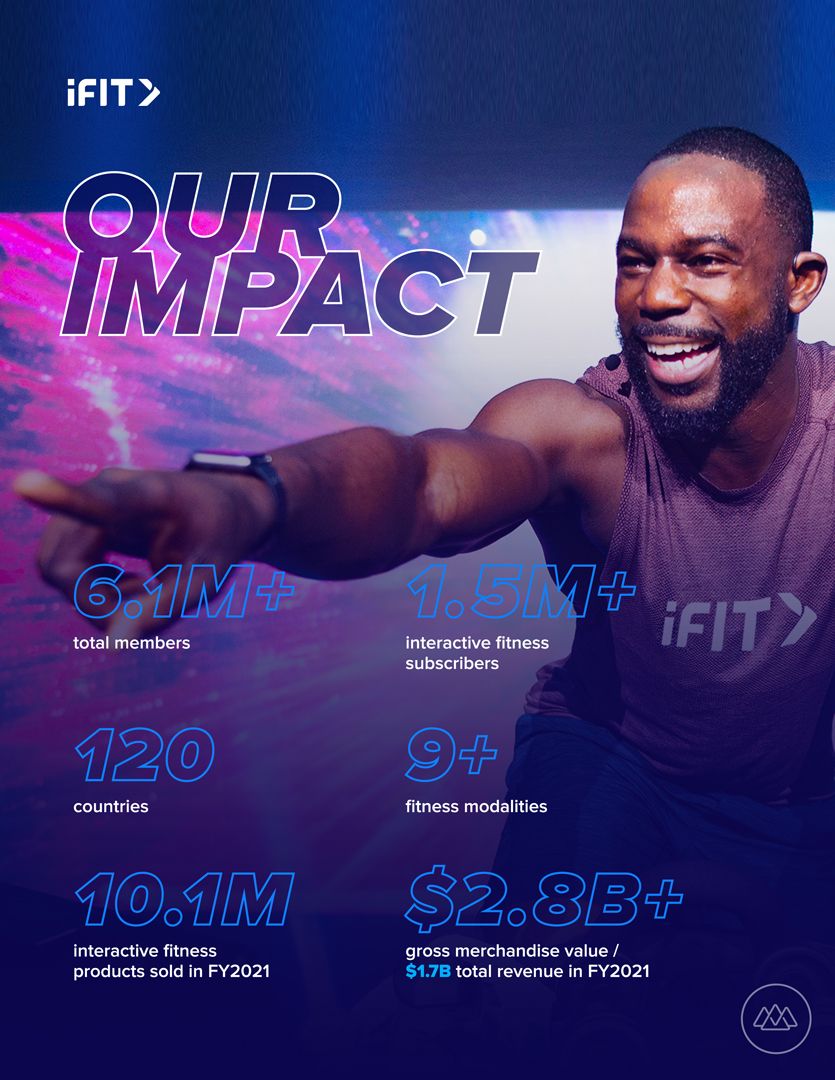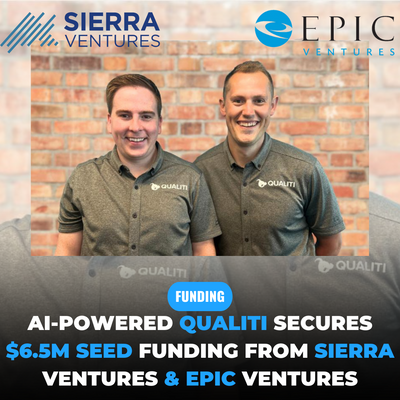Logan, Utah-based iFIT Health & Fitness has announced its plan to "go public" through an Initial Public Offering as it has filed a Form S-1 registration statement with the U.S. Securities and Exchange Commission.
iFIT is an Interactive Fitness Products and Services company that traces its roots back to 1977 when Gary Stevenson and its current CEO and chairman, Scott Watterson, founded Weslo.
Ten years later Weslo acquired ProForm Fitness, with both entities were sold to Bain Capital in 1994 and then renamed ICON Health & Fitness
The company's name was changed again in August 2021 when it was renamed to iFIT Inc.
Today iFIT has nine separate fitness brands
- iFIT Software: The proprietary operating system that controls the company's experiential content and interactive hardware.
- Nordic Track: Premium, at-home interactive exercise equipment priced from $1,300 to $4,000.
- ProForm: Mass market, at-home interactive exercise equipment priced from $400 to $1,800.
- Freemotion: Ultra-premium, commercial and residential interactive exercise equipment priced from $4,000 to $13,000.
- Weider: Full-spectrum weight-training equipment supported by iFIT training content.
- Weslo: Value price point interactive training equipment powered by iFIT Software.
- UTS: Extended warranty services for iFIT's residential and commercial fitness products.
- Sweat: A digital app that provides over 5,000 unique workouts across 26 exercise regimens.
- 29029: A wellness tourism company focused on restorative endurance and ultra-distance events, most of which are last three days and are tied to hiking the equivalent of climbing Mt. Everest's elevation of 29,029 feet.

During its most recent fiscal year (ended May 31, 2021), iFIT generated top-line revenue of nearly $1.75 billion, while it had over $215 million in cash and cash equivalents on-hand at the end of FY21.
In total, iFIT has over 1.5 million subscribers and more than 6.1 million "members" who, in total, had over 140 million iFIT workouts during FY21.
In its current form, iFIT's S-1 does not disclose how many shares the company plans to sell in its IPO, the amount the firm expects to raise through the offering, nor the proposed IPO date (none of which is uncommon).
But in the weeks ahead, look for amendments to the S-1 and the release of more details from the company as it nears the date its first shares will begin trading on the Nasdaq Stock Market.








